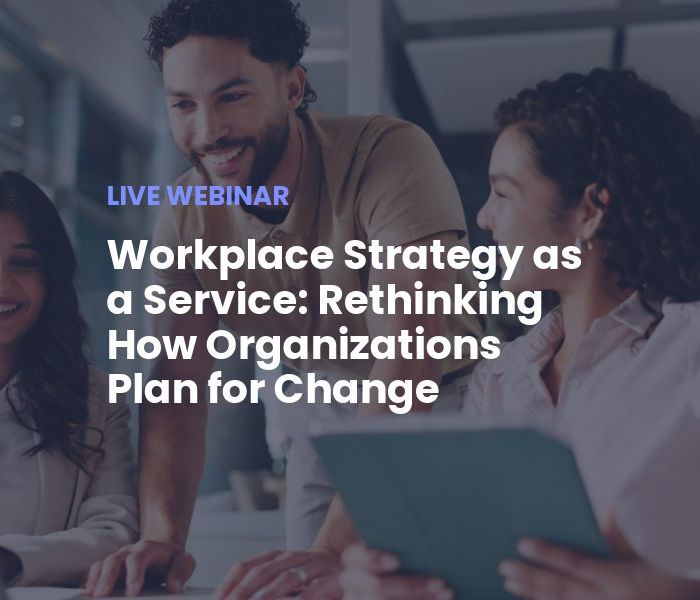Father’s Day is here, and like we did for moms on their day, it’s time to celebrate and reflect on the way the pandemic affected the other half of many parenting duos, too. While the statistics around working mothers leaving their jobs or changing career plans remains staggering and frightening (more on that below), the pandemic naturally had an effect on dads, too.
As you might expect, the feedback we got from the hardworking and caring fathers among our FM:Systems team was different than what we heard from the mothers. Then again, we asked them different questions, because the available data on their experience indicated that should be the case.
For example, an APA study found that 82% of fathers say they could have used more emotional support during the pandemic, whereas 68% of mothers say the same. While we expect that our fathers didn’t focus on this in large part because FM:Systems took exceptional care to ensure all members of our company had the support and flexibility they needed to handle their responsibilities at work and at home, the fathers we spoke to internally pointed mostly to other impacts that stood out to them.

Maybe unsurprisingly in some ways, the most common response we heard from our working fathers was that while remote work introduced new challenges, they generally were able to find the silver lining. In fact, their balance between work and personal life seems stronger now than ever, even though everyone had to make tough adjustments and learn new habits along the way.
In fact, we heard from men who felt that the most critical, deep-seeded changes to their lives came from having more time to spend time with their families during the day and partake more actively in family activities or even take a working vacation at Disney and enjoy family time at night. This aligns neatly with research suggesting that almost, “70% of fathers across race, class, educational attainment, and political affiliation in the United States felt closer to their children during the coronavirus pandemic.”
This was true for mothers as well, but in a very different way. For instance, 1 in 4 women surveyed as part of McKinsey’s 2020 Women in the Workplace study indicated that they were contemplating downshifting their careers or leaving the workforce altogether as a result of the pandemic. In contrast, even with increased home responsibilities, the FM: Systems men we spoke to did not see the pandemic changing their career plans. It’s important to note that these fathers mostly had older children, but their work life and professional goals remained unaffected by the stress of having/needing more time to be with family.

What can employers do to improve flexible work-life balance for fathers?
The good news coming out of the pandemic is that given the overwhelming support from employees and most employers for continuing the semi-remote corporate lifestyle, we don’t expect these happiness-driven lifestyle preferences to revert to pre-pandemic positions. The only thing stopping them from becoming reality will be the way their employers respond.
In order to retain and recruit a productive and happy workforce, it will be important for employers to provide not only the flexibility of hybrid work, but also the tools to make it possible for mothers and fathers to do so. Think about how important it is to have access to hot desks, collaborative spaces, high-quality video conferencing and the ability to easily book spaces for hourly or daily use. All of these fairly simple concepts are critical to ensuring that whether at home or the office, teams can remain productive and efficient.

But even with all the benefits that remote and hybrid work provide for parents and all employees, employers still need to maintain visibility and control of their processes and assets. Specifically, with so many people and devices coming and going from the office every day, they need to know how space is being used, with an emphasis on how their teams are using shared spaces such as conference rooms or common social areas. This will help them optimize their space (and lease terms) over time to foster both productivity and office culture. Similarly, they need to keep a close eye on suddenly always-moving assets such as laptops – not only for inventory counting, but also to ensure they’re in good working order, receiving important security updates, and interacting with personal and public networks responsibly.
At the end of the day, what matters most moving forward is that everyone is able to continue living and working in the way that works best for them. Fortunately, we’ve found that these potentially competing priorities of employer and employee are actually symbiotic. And for the new era of work to succeed, all it will take is willingness to trust remote or hybrid workers and a few technology tools to smooth out the wrinkles.
A special thanks to Tim Taylor (CFO), Wiley Coleman (VP of Sales, Americas), and Brian McDonald (Director of Digital Marketing) for being gracious with their time and transparent about their experience to inform this blog!










